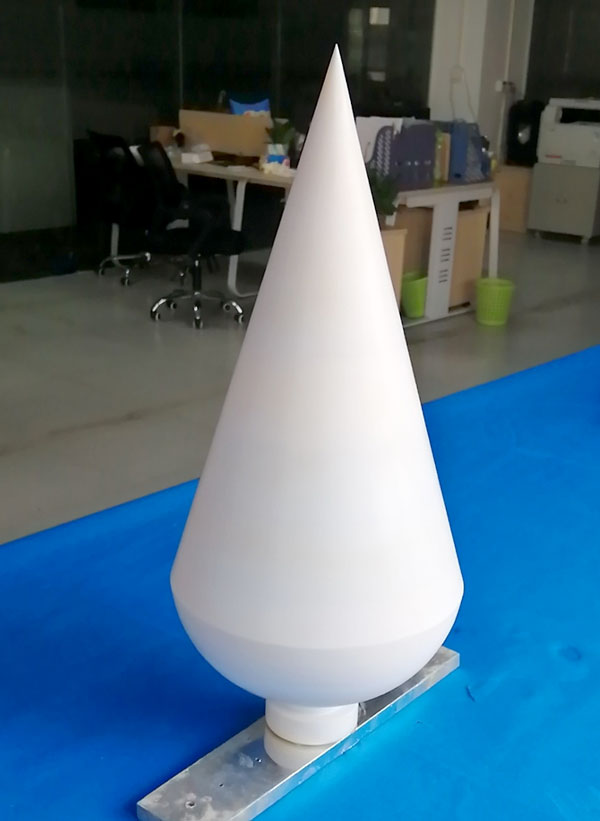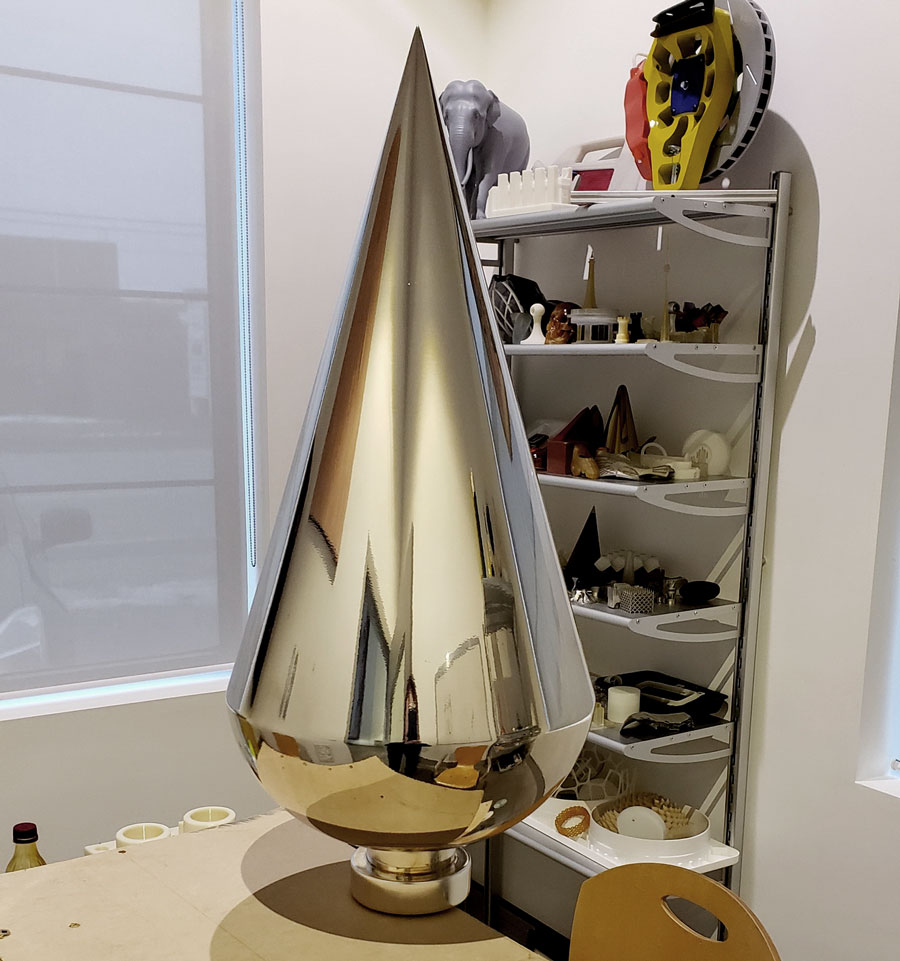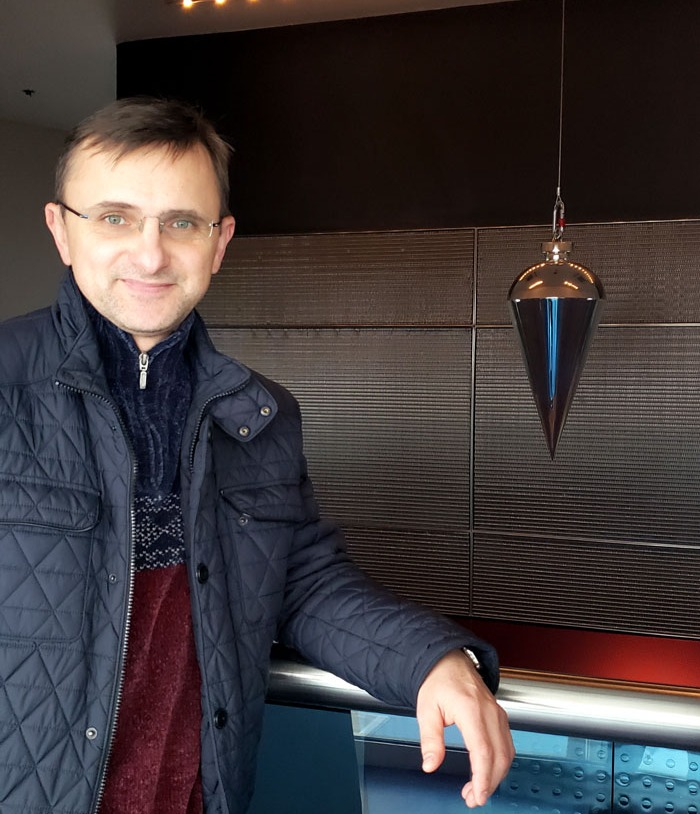When you think Toronto, most immediately think of the CN Tower. With the tower being almost half a kilometer tall, you can pretty well see the skyscraper from anywhere around the GTA.
The CN Tower has become a symbol for Canada and a true display of incredible engineering.
A little-known fact is the structure is designed to withstand up to an 8.5 Richter scale earthquake. That being said, the tower still sways quite a bit in heavy winds, and this can be visually observed from up top.

Recently, we built a pendulum for people to observe the amount of sway in the upper portion of the tower. The pendulum is a piece of machined ABS that has been chrome-plated using a vacuum metalizing process. It now lays home in CN Tower as it suspends from a metal cable near the top.

The reflective finishes allow you to observe how the tower slightly twists and swivels under high winds. It’s not uncommon for the Tower to flex and move almost 2 meters after facing some heavy storms.

Why Does the CN Tower Move?
The movement of the CN Tower is not a flaw but a feature of its advanced design. Engineers intentionally designed the tower to be flexible, ensuring it can withstand natural forces such as high winds and seismic activity. The slight movement, whether twisting or swaying, is a crucial part of how the CN Tower remains stable. This flexibility prevents structural damage and ensures the safety of its visitors, even during extreme weather conditions.
Does the CN Tower Move in the Wind?
Absolutely, the CN Tower moves in the wind, especially at higher altitudes. The triangular base and tapering design minimize wind resistance, but the tower is still designed to sway to dissipate wind energy. This sway is most noticeable during storms, when the structure may flex by as much as 2 meters at its peak. The pendulum installation helps visitors visualize this movement, making it an educational and fascinating experience.
Facts About the CN Tower
The CN Tower is not just an engineering marvel; it is also a symbol of innovation and Canadian pride. Some fascinating facts include:
- The CN Tower held the title of the world’s tallest free-standing structure for 34 years until the Burj Khalifa surpassed it in 2009.
- The tower is used for telecommunications, with its antenna providing coverage to millions.
- It features the EdgeWalk, the world’s highest full-circle hands-free walk on a building, located 356 meters above the ground.
Building a CN Tower 3D Model
For enthusiasts and professionals interested in understanding the intricacies of the CN Tower, creating a 3D model is a rewarding project. By exploring the details of its base, height, and internal structure, you can appreciate the genius behind its design. Many 3D modeling platforms offer templates and resources to recreate the CN Tower, perfect for educational purposes or personal exploration.
Engineering Beyond the Icon
The CN Tower remains a testament to human ingenuity, blending aesthetics with practicality. Its ability to move with the wind and remain resilient against seismic forces highlights the importance of thoughtful engineering. Visitors not only marvel at its height and design but also learn about the science that keeps it standing tall through wind, weather, and time.
The CN Tower continues to inspire awe and curiosity, making it not just a Canadian icon but a global engineering masterpiece.

Cloudwalker

“Maplewing” – An innovative, Cost-Effective Fixed-Wing UAV

The Rocketeer Award – For the Prototype Prodigy 2025

